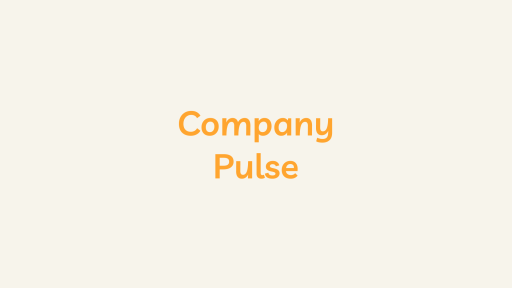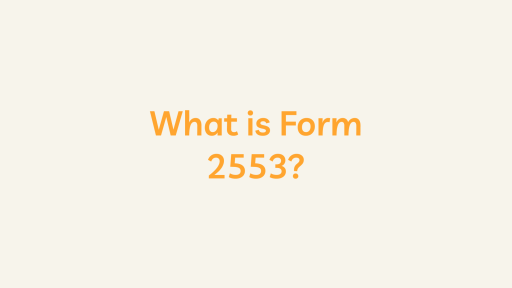Introduction
Form 1120-S is a comprehensive tool for S corporations in the United States to fulfill their tax reporting obligations. This article delves into the intricacies of the Form, shedding light on its significance, key features, and the broader context of S corporation taxation.
I. S Corporation Essentials:
1.1 Definition and Qualifications:
An S corporation is a unique business entity that combines the liability protection of a corporation with the pass-through taxation of a partnership. To qualify for S corporation status, a business must meet specific criteria, including having no more than 100 shareholders and issuing only one class of stock.
1.2 Pass-Through Taxation:
Unlike traditional C corporations, S corporations do not pay federal income taxes at the corporate level. Instead, the corporation’s financial activities flow through to the individual shareholders. This characteristic allows S corporations to avoid double taxation.
II. Form 1120-S Filing Details:
2.1 Form 1120-S Deadline:
Form 1120-S is generally due on the 15th day of the third month after the close of the corporation’s tax year. For S corporations operating on a calendar year basis, the deadline typically falls on March 15.
2.2 Extensions:
Extensions for filing the Form are available, granting businesses additional time to compile accurate financial information. However, it’s essential to understand the implications of extensions on potential penalties.
III. Components of Form 1120-S:
3.1 Income and Deductions:
Form 1120-S encompasses various sections for reporting income, deductions, and credits. Corporations provide a detailed breakdown of their financial transactions, including revenue, expenses, and other pertinent details.
3.2 Schedule K-1:
The Schedule K-1 is a crucial attachment to the Form. It serves as the mechanism for allocating each shareholder’s share of the corporation’s income, losses, and other items. Shareholders then use this information when filing their individual tax returns.
IV. Form 1120-S Tax Consequences:
4.1 Pass-Through Structure:
The pass-through structure of S corporations means that the entity itself is not subject to federal income taxes. Instead, shareholders report their share of the corporation’s income on their individual tax returns. This feature is instrumental in preventing double taxation.
4.2 Individual Tax Implications:
Understanding the tax implications for individual shareholders is vital. The information provided on Schedule K-1 influences the shareholder’s personal tax liability and is essential for accurate and compliant filing.
V. Form 1120-S Compliance and Penalties:
5.1 Filing Accuracy:
Ensuring the accuracy of the information provided on Form 1120-S is paramount. Inaccuracies or omissions may lead to IRS scrutiny and potential penalties.
5.2 Form 1120-S Penalties for Non-Compliance:
Failure to file the Form or filing after the deadline can result in penalties. It is imperative for S corporations to stay informed about filing requirements and adhere to deadlines.
VI. Conclusion:
In conclusion, Form 1120-S is a comprehensive document that plays a pivotal role in the tax compliance of S corporations. Its pass-through structure benefits shareholders, making it a key component in their overall tax strategy. Businesses should approach the preparation and filing of the Form with diligence, ensuring accuracy and adherence to deadlines to navigate the complex corporate taxation landscape successfully.





